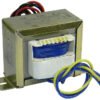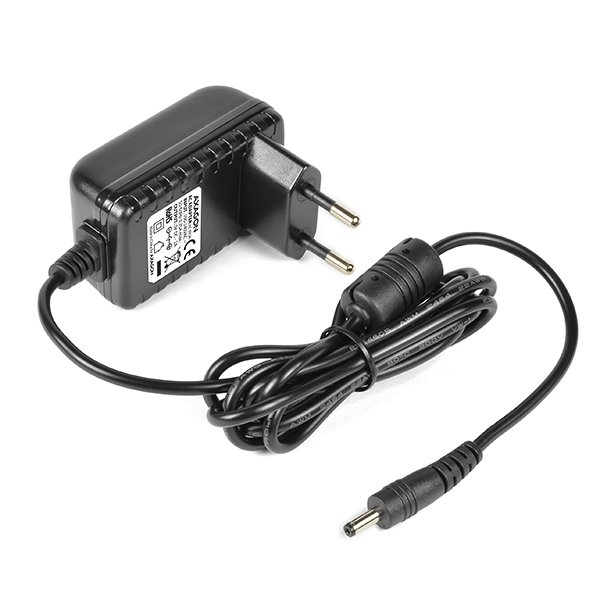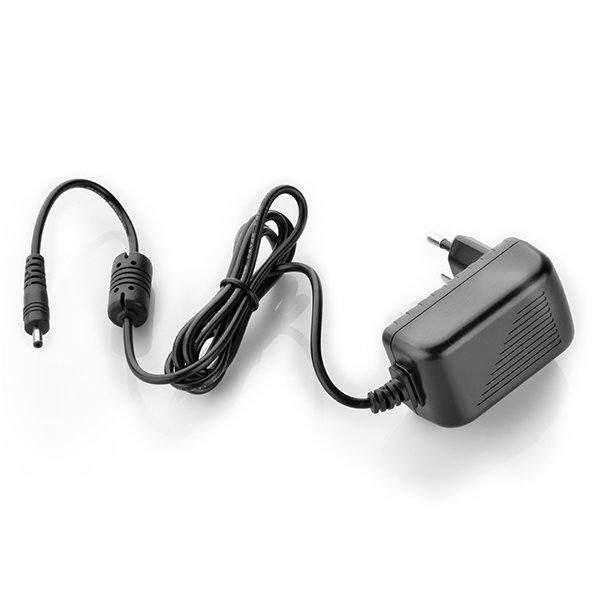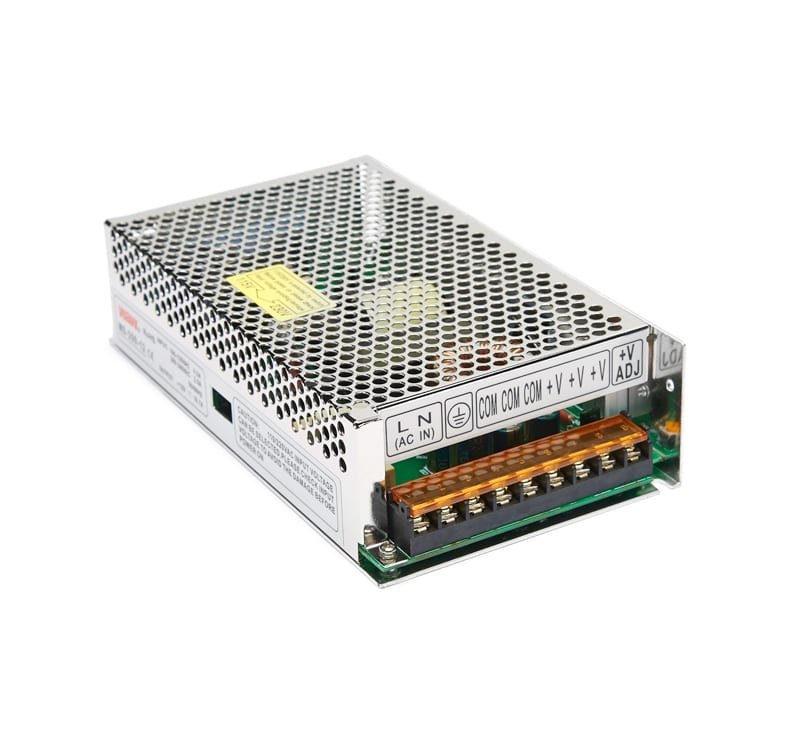Product Overview
The 220V to 12-0-12V (300mA) Transformer is a compact step-down transformer designed to convert 220V AC to 12V-0-12V AC with a 300mA current rating. This center-tapped transformer is ideal for low-power applications, including small audio amplifiers, DIY electronics, and sensor modules. With high-efficiency copper windings, it ensures stable performance, minimal heat generation, and long-term reliability.

Key Features
- Step-Down Transformer – Converts 220V AC to 12V-0-12V AC.
- 300mA Current Rating – Suitable for low-power electronic applications.
- Center-Tapped Secondary Winding – Ideal for circuits requiring dual voltage.
- High-Efficiency Copper Windings – Ensures minimal energy loss and overheating.
- Compact & Lightweight Design – Suitable for small electronics projects.
- Thermal & Overload Protection – Prevents damage from excessive current or heat.
- Stable & Reliable Power Output – Ensures consistent performance in sensitive circuits.
Technical Specifications
- Primary Voltage: 220V AC
- Secondary Voltage: 12V-0-12V AC
- Current Rating: 300mA
- Frequency: 50/60Hz
- Core Material: Laminated Silicon Steel
- Winding Material: Copper
- Mounting Type: Chassis Mount
- Insulation Class: Class B (130°C)
- Dimensions: Approx. 45mm x 35mm x 30mm
- Weight: Approx. 150g
Applications
- Low-Power Audio Amplifiers – Provides dual voltage for audio circuits.
- DIY Electronics & Hobby Projects – Ideal for experimenting with power circuits.
- Sensor Modules & Embedded Systems – Supplies power for small devices.
- Educational & Lab Experiments – Used in transformer-based power supply circuits.
Why Choose This Transformer?
The 220V to 12-0-12V (300mA) Transformer is a reliable, compact, and efficient power solution, making it perfect for DIY electronics enthusiasts, engineers, and students who need a stable dual-voltage AC source.
Only logged in customers who have purchased this product may leave a review.








Reviews
There are no reviews yet.